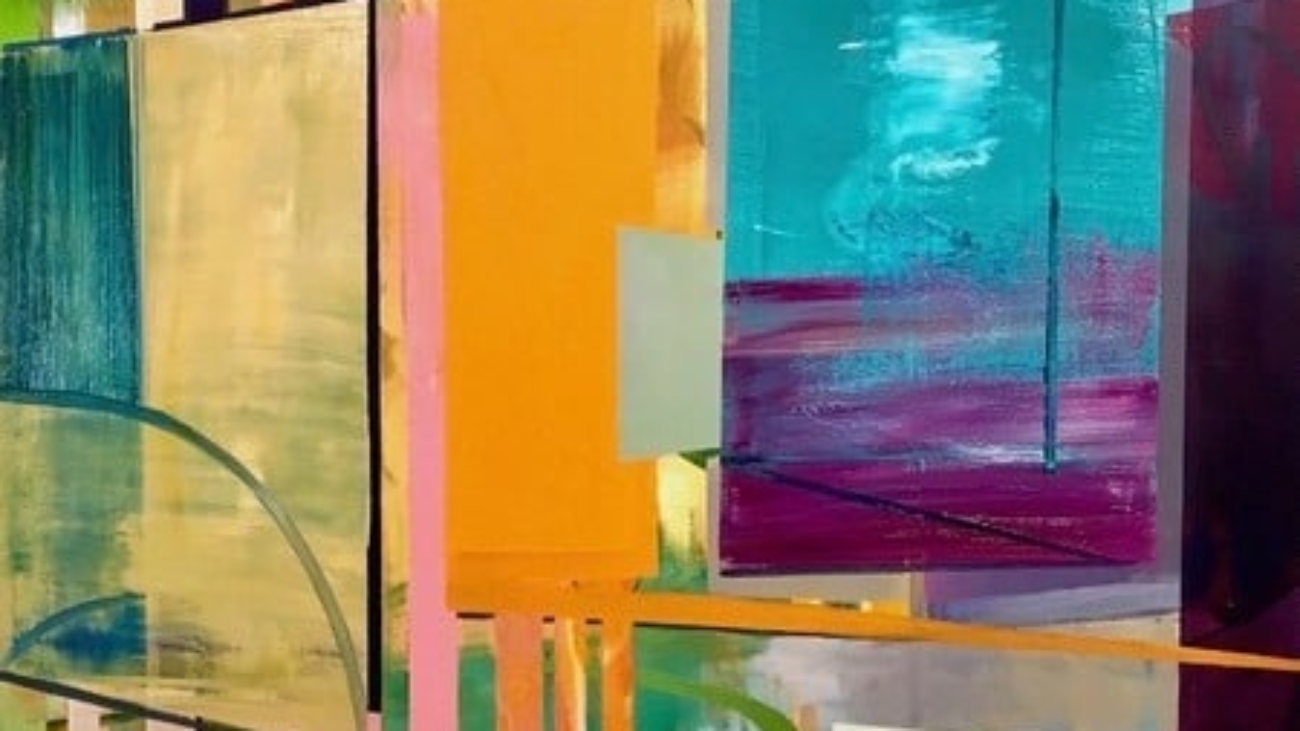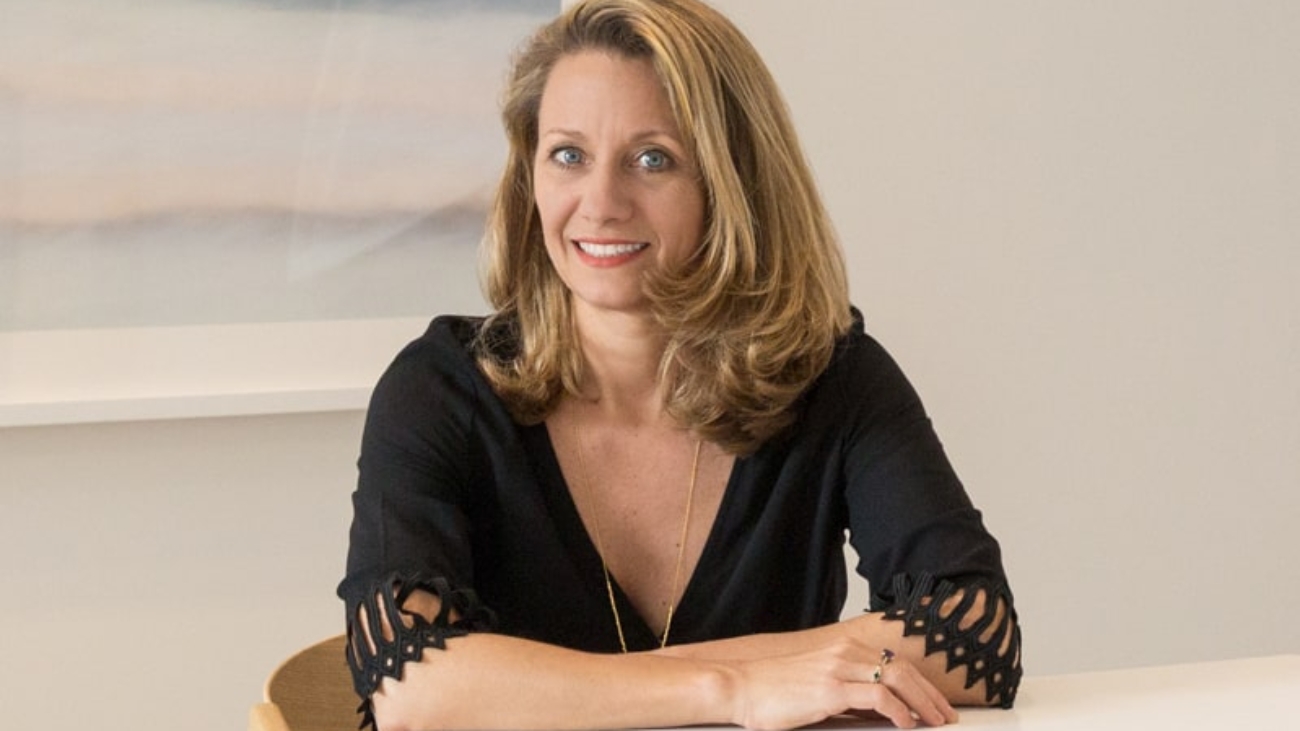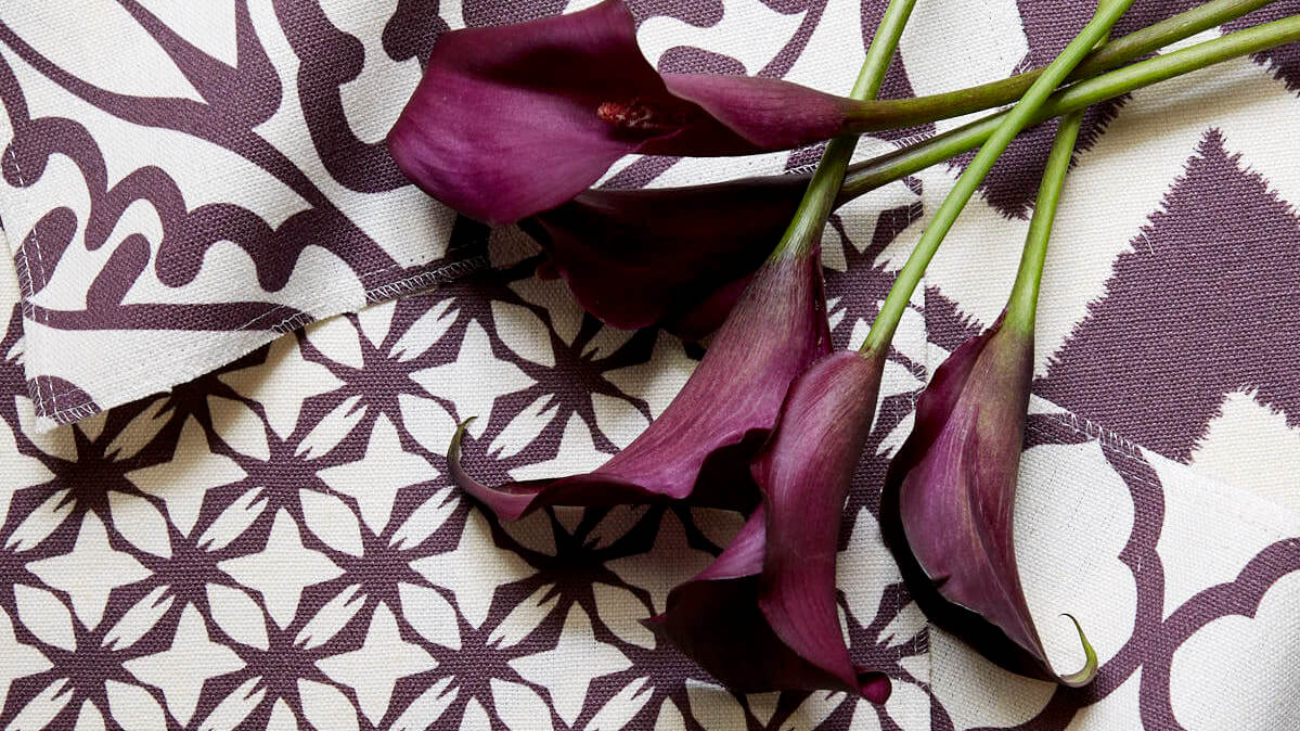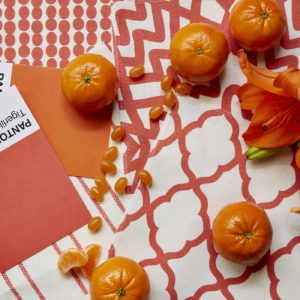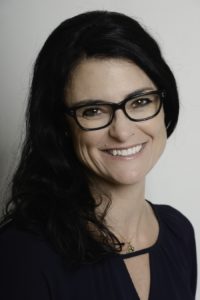“When the sun is out and the pool is warm,” by Sheldon Greenberg. 48 x 40 in. Oil on canvas. At SLATE contemporary gallery.
SLATE contemporary is an art consultancy firm providing a personalized art collecting service, helping homeowners and businesses select the exact right art for their spaces.
During this process, we get to know you and the architecture of your home, and determine a selection of pieces that will suit your desired feeling, tone, your personal taste, the available light, the present or future interior design, your personal taste, and how you and your family and friends will enjoy the space. Below is a description of the process as it typically unfolds. Of course, options and adaptations are offered to suit each client’s individual circumstances.
These are the steps to the process of choosing art with a consultant:
1) Virtual gallery walk-through: Potential clients are invited first to look through SLATE’s website and let us know what they like, what they definitely don’t like, and what they are ambivalent towards. We are not limited to what’s on the site when we help clients collect, but we like to use our website as a diagnostic tool. This helps us get a sense of our client’s taste and style.
2) Home (or site) visit: We work with clients to identify potential locations for art, we measure the walls, and take photos. During this visit we look at images of artworks together. Sometimes, through this process, we are helping clients to identify or articulate their taste for the first time. Occasionally, when working with a couple, they each have different tastes and that can be very challenging. Sometimes we can find art that has elements that they will both like, sometimes we agree to let each one of them choose one piece, or each choose art for a different room. Sometimes, if those solutions don’t work, the truth is, we can’t help them. Also, for every project, every location, we are making a judgement call. Sometimes it’s a more personal decision, based on how the collector connects emotionally to the artwork. Sometimes it’s more of a design decision. For example, a room that is very neutral in overall tone might be desperate for color. Or if you have a very vibrant, visually-busy space, then the art might need to be quiet to create breathing room. All that said, it can also be nice to throw in a surprise, or chose a piece that creates visual tension, so the design doesn’t feel too predictable. In all of these ways, we are responding to what the space, and the client, needs.
3) Virtual art placement: At this point, we have developed a list of suggested artworks for specific locations, which we share digitally. We may make digital mockups showing artwork in situ, using the photos we took during the home (or site) visit.
4) Feedback: The client indicates their favorite selections.
5) Private viewing: We invite the client to the gallery for a private viewing, to see the potential selections in person. For this appointment, we may be retrieving pieces from our storage, or from the artists themselves. (NOTE: Anyone is welcome to visit SLATE gallery to see the works currently on display. However if there is a specific piece from the website you want to view, in order for us to have it ready for you, you may need to make an appointment.)
6) Short-list selections: We work with the client to further narrow down the list of pieces they want to view in their home.
7) “A man and a van:” We deliver the art to the client’s location — to meet with the client and the pieces in situ, for final decision-making and purchase. (There is a small fee for delivery, which, if the client makes a minimum purchase of $5000, the service fee is waived.) Some clients choose to skip steps 5 and 6, instead having many or all artworks under consideration brought to their home, in one, or repeat visits. We are happy to do this, however additional delivery fees apply.
Bonus tip: Whether to choose art at the start of a design/remodel project or the end
Art is often chosen at the end of an interior design project or remodel, once the design and furniture is all in. The advantage of this approach is that we can use art to balance or fine-tune the design.
However, at that point, clients are usually in a hurry to see their project completed, and ideally, building an art collection is not done in a rush. Also, it may be too late, at that point in the process, to adjust window treatments, lighting, or wall color, all of which will have an impact on how the art reads.
If you select the art first, you can create an environment for it during your renovation that makes it really sing.
Click this link to read more about Danielle Fox and SLATE on our blog. Learn more about SLATE contemporary at www.slateart.net

Danielle Fox of SLATE contemporary. Photo credit: Lauren Edith
